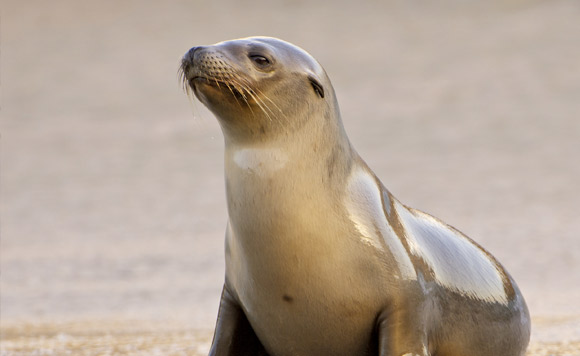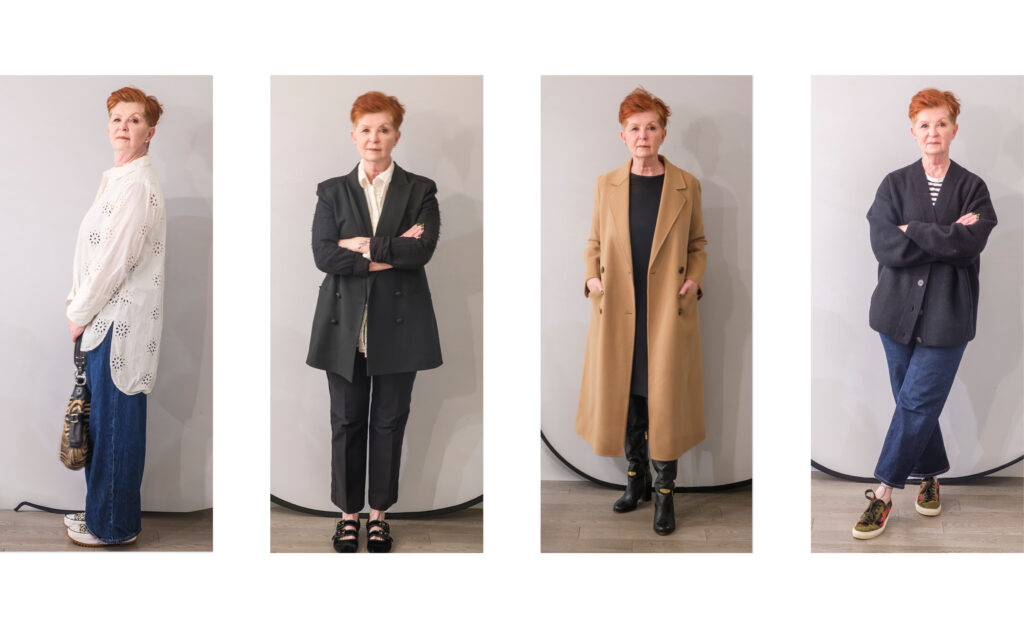– by Tina Kelly –
Tina Kelly is an Ocean Advocate at the Shaw Ocean Discovery Centre. Visit www.oceandiscovery.ca for more information.
Instead of resolving to lose pounds this New Year, Wendy Szaniszlo, a Research Assistant at the Vancouver Aquarium (VanAqua), suggests you resolve to “lose the loop.” Szaniszlo’s research focuses on marine mammal entanglements – primarily sea lions – in man-made materials.
British Columbia’s coast is home to both California and Steller sea lions. In the 1980’s, Steller sea lion numbers dropped dramatically – some populations decreasing as much as 75 percent. Even though BC populations are rebounding, they remain listed as a species of Special Concern by the Committee on the Status of Endangered Wildlife in Canada (COSEWIC). In the US, Steller sea lions are designated as an Endangered Species and their numbers continue to decline in Western Alaska. Declines – now and historically – are being thoroughly researched; these studies investigate factors including disease, predation, habitat degradation, as well as prey quality and availability.
One definite threat is marine debris. From 2005 to 2012, 558 sea lion entanglements were observed in and around Pacific Rim National Park on Vancouver Island.
Categorizing the products responsible for entanglements was an important part of Szaniszlo’s study. Of the 558 cases considered, 30 percent resulted from plastic bait box packing bands, 15 percent were from fishing flashers or hooks with associated line, and three percent involved rubber bands from crab traps. In more than half of the cases entanglement was so severe the offending item could not be determined.
Entanglements are dire situations for sea lions. Loops often become bound around the neck, and if the individual is still growing, the consequence is even more severe. “The majority of the observed entanglements cut deeply into the flesh. This can cause nerve damage and open them up to infection,” says Szaniszlo. The damage may also impact their ability to swim, hunt or swallow.
Since October 2013, the VanAqua team – including the only veterinarian licensed to drug sea lions – has successfully disentangled six animals. These carefully orchestrated endeavours focus on the safety of both the animals and rescue team. “Weather and sea conditions are factors in getting safely to, and on, a sea lion haul out,” describes Szaniszlo, “Add to that, concern about being around a large number of carnivores weighing more than 2000 lbs. (900 kg) each.” Carefully considered sedative dosage needs to be determined and the risk of a sedated animal entering the water is assessed.
With the cost and risks involved in disentangling wildlife, prevention is key. This year, resolve to “lose the loop” and cut any bands or looped material before disposal. It’s a quick and easy thing to do to save a sea lion.
Marine mammals in distress should be reported to the Vancouver Aquarium’s Marine Mammal Rescue Centre at 604-258-SEAL (7325) or the Department of Fisheries and Oceans at 1-800-465-4336.




